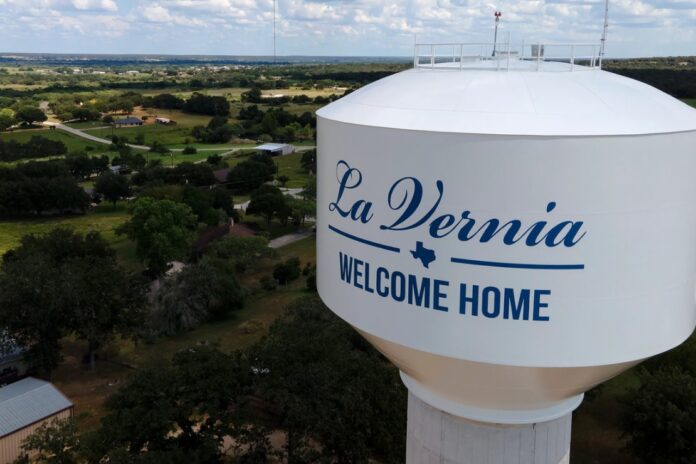A Mississippi Transplant Meets Texas Tension
Erastus Beall had come from Amite, Mississippi, and had taken up residence on the Old Gonzales Road on the west side of Cibolo with his wife and kids. About 20 miles East of of San Antonio, amid the post oaks, next to C. G. Napier’s land, was Erastus Beall’s plantation. The Bealls got into a quarrel with Post Oak racists. Threats and counter threats of violence were made as tensions rose. On behalf of himself and the other parties, Napier petitioned the District Court in 1856 to impose a one-year peace bond of one $1,000.00 on the Bealls. However, this would not be enough for these racist scoundrels as they were looking for any excuse to cause trouble.
Mob Justice in Post Oak
The inhabitants of the “Post Oaks” went to Erastus Beall’s farm in 1857, due to some explosive event as one of Bealls’ slaves was said to have sexually assaulted a local woman. All a white supremacist had to do in those days was to make this accusation and a mob would be formed to commit murder. The white supremacist vigilante group insisted on taking away the slave from the Bealls. The unknown slave was dragged away and hung by the mob after the Bealls surrendered him.
A Lawsuit Against the Lynch Mob
Later, the Bealls traveled to San Antonio, the county seat of Bexar County, and filed a lawsuit against the white vigilantes. In their filing, the Bealls charged that the mob from the community of Post Oak (now La Vernia) had taken and destroyed their property, thereby, depriving them of its use. “They asked the court to recover the value of their Negro.” They named the defendants in the case as, “Claiborne Rector, John Sutherland, C. F. Henderson, H. M. Morgan, C. G. Napier, R. W. Brahan, J. B. Ewell, W. D. Mays, A. J. McAllister, G. S. Houston, R. Hellman, J. P. Montgomery, W. R. Wiseman, A. G. Goodloe and J. F. Tinman.” These names bear a resemblance to modern relatives today that are most likely not wanting this revealed. Typical of the ancestors of white supremacists is to deny or hide the horrid face that their past relatives who were killers. They want the world to think they were just successful men.
Verdict and Vanishing Truth
When the case came to trial, around 1859, the court found the defendants “not guilty.” This was typical in America from legal courts ran by white supremacists and supporters of slavery. In trying to hide this ugly incident, the citizens of Post Oak within a few days of the not guilty verdict changed the name of Post Oak to “La Vernia.” This is little-known Black and American History and is what some would like people to forget in order to present the ideas that America was not born of white supremacy.
From Horror to Resistance
Lies told by some sources often claim that slave owners “took good care of their slaves.” Slave owners were the most brutal and laziest people on earth. This sugar coating of the system of slavery is as foolish as it can get and lets modern day idiots turn slave mansions into places where one can get married. Slavery was an act of war and all of the slave owners should have been executed or sentenced to life in prison. On a positive note, the Mt. Horeb Baptist Church in Blanco, Texas, was a freedmen’s community, named after Peyton Roberts, a former slave and one of the first freedmen to settle in the area. Despite the hangings and brutality of slave owners Black people fought back and are still fighting back.








